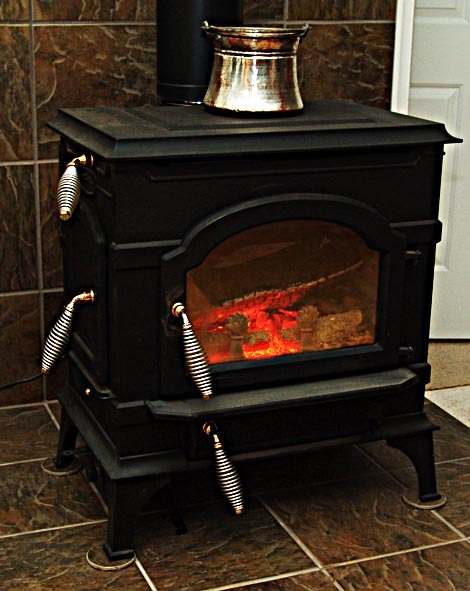 |
| Winter is hot stove season. And I have no pics from this brew day. |
By the time I had these beers it was too late for me to brew another summer beer. Instead what I set out to do was apply these lessons to a winter beer. The winter might be my least favorite season for beer. There are too many beers out there that are too heavy and overly spiced. Thank god for Great Divide's Hibernation Ale, the best Old Ale I've had made in the US, and Celebration Ale which proves a superlative IPA is appropriate in any season.
The past two years we brewed a spiced honey porter. In 2012 we were still neophytes and brewed an extract batch. I thought it was excellent. When we entered it in our first ever competition the judges thought it was lacking in roasty flavor. I came to realize that was a limitation of dark malt extract. Since then I always use light extract with steeped or mashed specialty grains to get the desired color and flavor. Last year I brewed a partial mash and included a pound of chocolate malt to tick the box in terms of roasted flavor. It came out exactly how I wanted until the entire batch became infected about three weeks after bottling.
This year I started with a clean slate as I sought to make a spicy winter beer using only water, malt, hops, and yeast. The spicy flavor will come primarily from late hop additions. I used the lesions I learned from The Sustenance by having a first wort addition, with most of my additions with 20 minutes or less in the boil. Some winter beers like Samuel Adams Winter Lager use bitter orange peel. I want to replicate that citrus by blending more earthy and subtle English hops with more assertive American hops.
The one I hop I knew for sure I wanted to use was Northern Brewer. The earthy, almost minty flavor is too perfect for a beer like this. From there I did a search of hops that were classified as "spicy". Cluster, which I have a well documented fetish for, showed up in the results as well. Having brewed a Cream Ale with only a 30 minute Cluster addition I know exactly the level of bitterness and flavor it would provide. When Mosiac showed up my eyes lit up. It was a hop I have wanted to use and I think it will work perfectly. It has such a unique flavor while being high in alpha acids I used it for the first wort addition, flavor addition late in the boil, and will use it as a dry hop addition. I will also blend in two British hops I'll be using for the first time, Progress and First Gold.
The grist is American 2-row barley (and light malt extract), malted oats, Carabrown, Chocolate, and Black Patent malt. I considered using honey malt in lieu of actual honey, and flaked rye which would certainly add spiciness, but was concerned about having too many specialty grains that the different flavors would drown each other out. Having never used malted oats before I am anxious to see what they contribute in terms of flavor and mouthfeel.
I was torn between using WY1318 London Ale III yeast that I have used before and love, or trying the WLP023 Burton Ale. When Beer & Wine Hobby was out of London Ale III the day I visited, but had Burton Ale my decision was made for me. According to White Lab's website the yeast will provide subtle fruit flavors like apple, pear, and clover honey. With any luck it may . Burton Ale also appears to work well with the next two beers I have in the pipeline. I also can't not brew a Burton IPA with Burton Ale yeast!
I also applied what I have learned about water chemistry by mimicking the water profile in London where so many great porters were traditionally made. I added a little bit of gypsum to add calcium and balance my sulfate to chloride ratio to help balance the malt and hop flavor. The chalk/calcium carbonate will harden the water and accentuate the roasted flavor.
 |
| The water profile I was going for. |
The brew day itself went ok. My efficiency wasn't what BeerSmith had estimated, so the alcohol of the finished beer might be 0.5% lower than I had hoped. I need to get in the habit of taking a refractometer reading toward the end of the boil so I know exactly how much fermentable sugar I have. If it is less than I estimated or wanted I can add sugar or malt extract to make sure there are enough fermentable sugars to get the alcohol levels I am going for.
To be ready on Black Friday, the seasonably appropriate time, I probably should have brewed this a week or two ago. As it is, it will be ready in time for Christmas parties. This is a five gallon batch so there will be plenty to share!
Follow me on Instagram @wouldbebrewmaster
Like The Would-be Brewmaster on Facebook
Share what beers you are drinking with me on Untappd
*Note: This recipe is missing from my brew log. Will update if it is found*
No comments:
Post a Comment